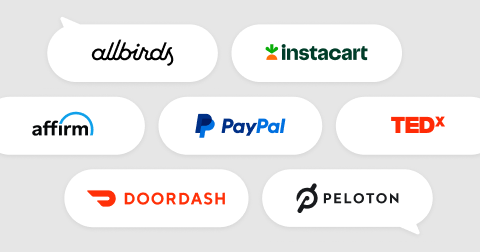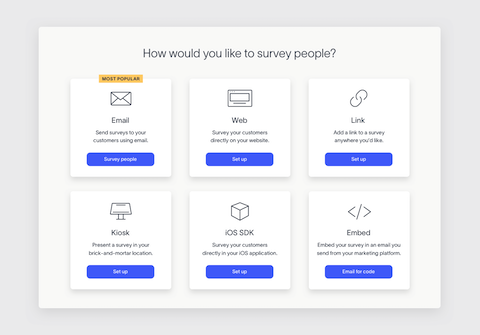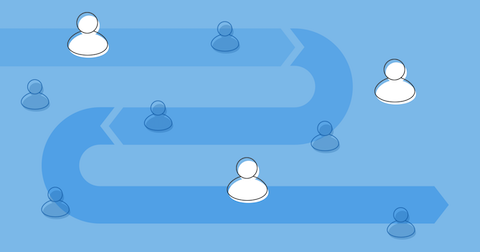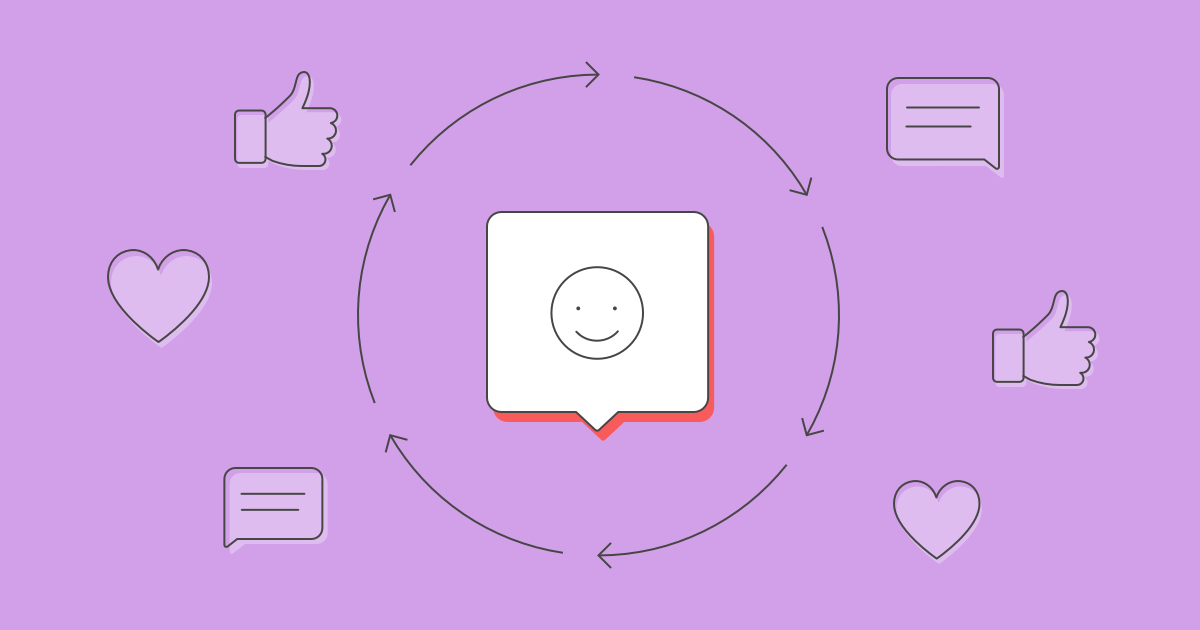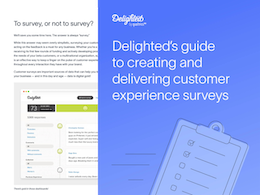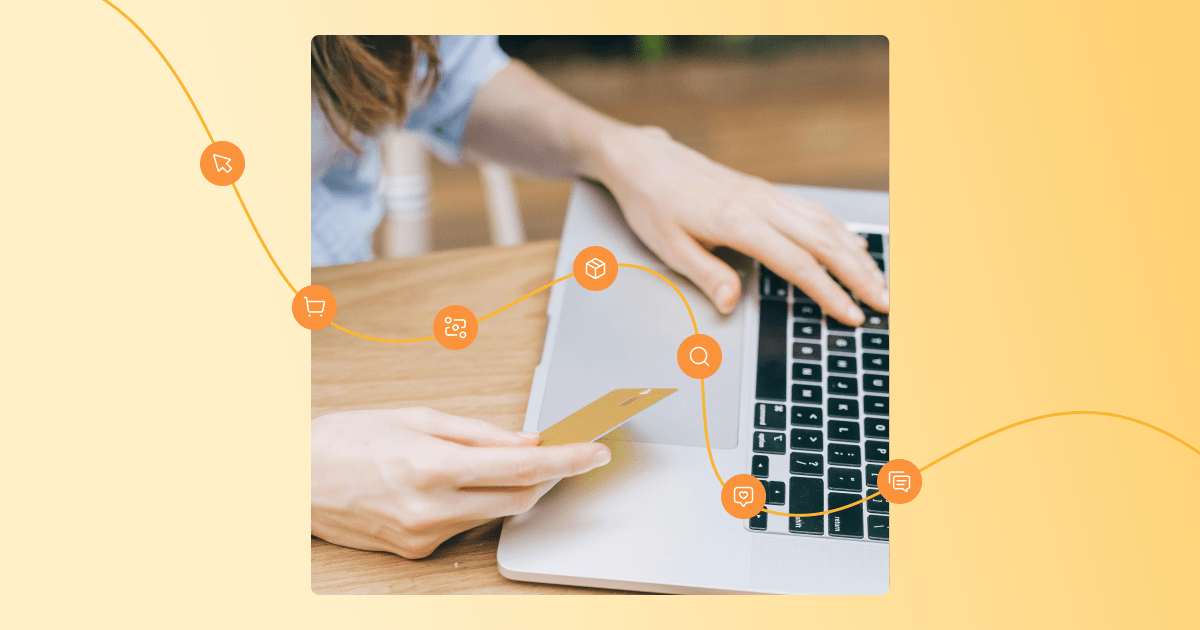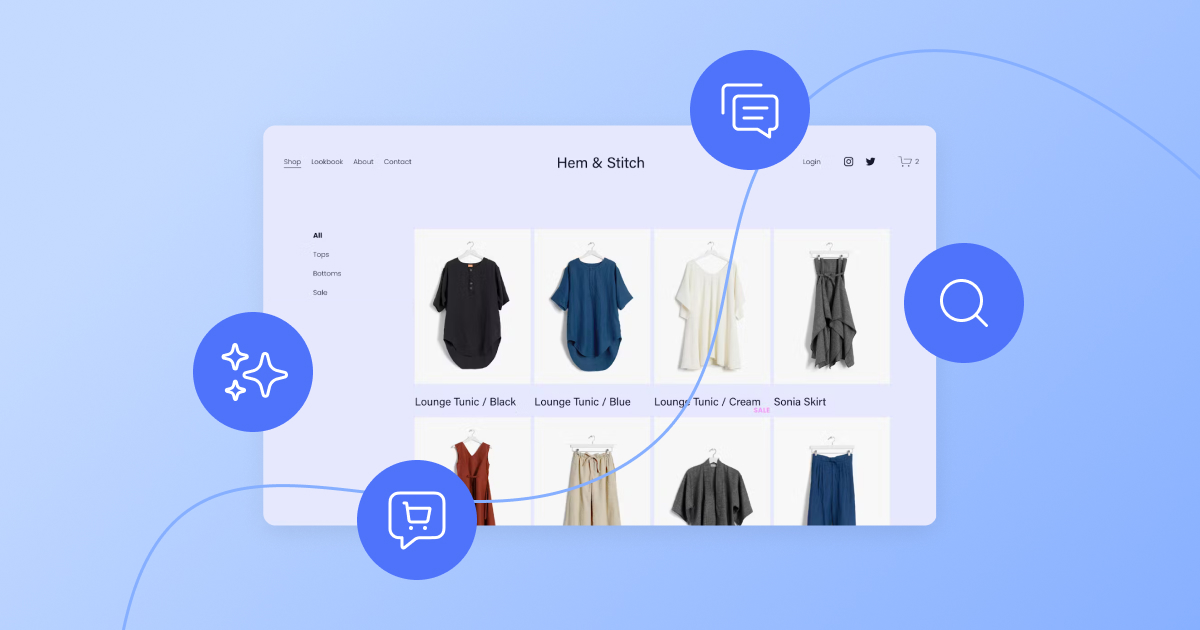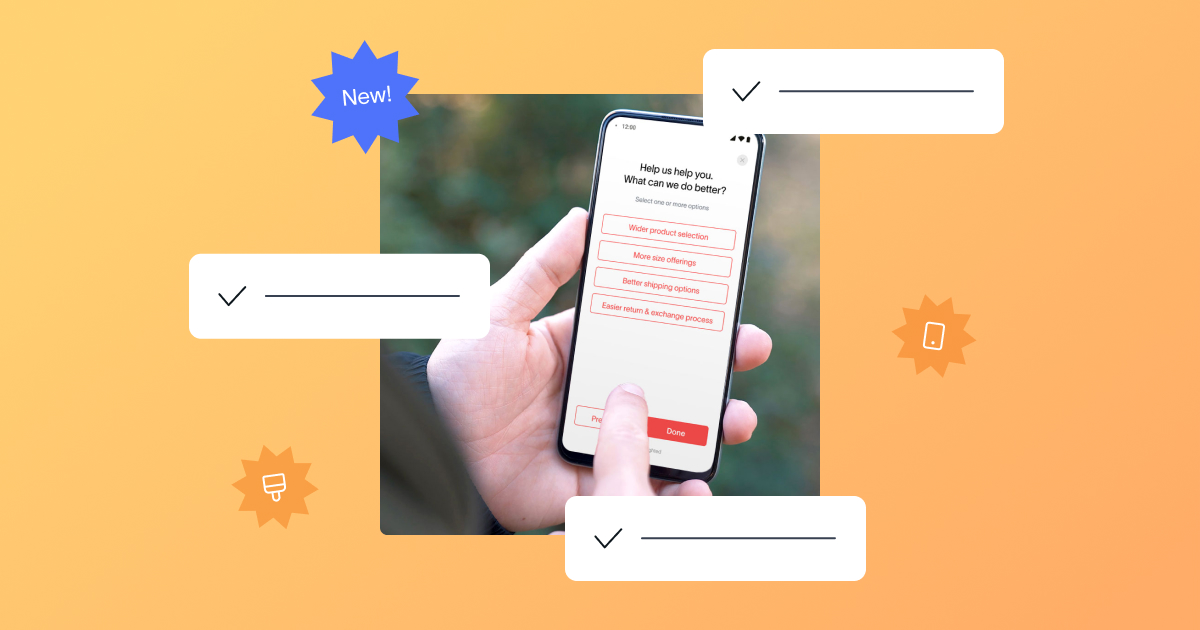Putting yourself in your customers’ shoes can help you better understand them, their motivations, and their choices. In fact, there’s a pattern to those behaviors that can be mapped and measured on a customer lifecycle to improve their experience with your brand. Knowing what your customer lifecycle looks like is an important step in attracting new customers and retaining the ones you have.
Wondering what the customer lifecycle is, its stages, or how to manage it at your organization? In this guide, we’ll cover everything you need to know.
Jump to:
- What is the customer lifecycle?
- What is customer lifecycle management?
- Customer lifecycle stages
- Importance of understanding the customer lifecycle
- How to manage the customer lifecycle
What is the customer lifecycle?
The customer lifecycle refers to the 5 stages consumers will ideally go through to become a loyal customer: awareness, consideration, purchase, retention, and advocacy. This process includes when the customer first purchases from you and, eventually, how they describe your brand to others.
Unlike the customer journey that is measured end to end, the customer lifecycle is ongoing in nature. And while customers may drop out, they might also cycle back in at some point in the future.
That’s why understanding the customer lifecycle – and how to manage and improve it – can make or break your overall customer experience.
What is customer lifecycle management?
Customer lifecycle management is the process of gathering insights at each stage of the customer lifecycle, assigning metrics to track the success of those stages, and taking action to improve the experiences of your customers. In other words, it’s the work your company puts in to manage experiences at critical customer touchpoints.
Customer lifecycle stages

Now that we’ve covered the definitions of customer lifecycle and customer lifecycle management, let’s take a look at the 5 customer lifecycle stages to optimize.
1. Awareness
During the awareness stage, customers become, well, aware of your company or brand. This can happen in a variety of ways, including reading an article or blog post about you, seeing you mentioned on social media, catching an ad or commercial online or on TV, hearing a friend recommend your products or services, and so on.
As with any first impression, it’s important that a customer feels positive or intrigued by what your company has to offer – enough so that you’ve captured their attention and they move on to the next stage.
TIP: When a potential customer signs up for your newsletter or signs up for an account, send a quick email survey with Additional Questions to gather key data on how they found you and use the information to make strategic updates to your marketing outreach.
2. Consideration
In the second stage of the customer lifecycle, customers start to consider what you have to offer versus other companies or brands. Does your product or service meet their needs? Does it fit into their budget?
At the consideration stage, customers will analyze the answers to these questions, as well as seek out external validation. This type of validation includes customer reviews and ratings, testimonials from your existing customers, as well as anecdotes from friends, family, or people they trust online (e.g., influencers or celebrity spokespeople).
Customers will likely have questions at this stage, so it’s also important that you readily provide the answers they’re looking for. Publishing content about your company on a blog or social media, sharing reviews on your website, or providing practical tips for comparing products can all help expedite the consideration stage if customers can quickly find the answers they need.
TIP: Sending a CES (Customer Effort Score) survey to customers after initial conversations can play a crucial role in determining if you’re making it easy for your customers to compare solutions and products.
3. Purchase
When a customer reaches the purchase stage, it means you’ve done something right. Your customer has agreed to pay you for your product or service.
While this is a great milestone, it’s also a vital step in the customer lifecycle. Because once the customer has your product in their possession (or you’ve completed the service), new opinions and attitudes will form – and you want those opinions and attitudes to be ones of happiness and customer satisfaction.
TIP: Find out if your customer was satisfied with their purchase or purchase experience with a customizable CSAT (Customer Satisfaction Score) survey. Send the survey immediately after purchase or delay send time by one week to allow the customer time to get acquainted with the product.
4. Retention
Now that a customer has made their first purchase, the goal is to keep them coming back. In other words, you want to retain them as a customer.
There are several ways to approach customer retention. For example, you can keep the relationship going by sending email newsletters and content relevant to their interests or past purchases, coupons or discounts, or other incentives.
Another way to retain customers is to ask for their feedback with surveys. Specifically, you can measure customer satisfaction and loyalty with CSAT and NPS (Net Promoter Score) surveys. Doing so will help you understand if they have any issues that you might be able to address and understand why they would or wouldn’t be willing to purchase again.
5. Advocacy
When customers reach the advocacy stage of the lifecycle, it means they’re actively promoting your brand to other people they know – whether by word of mouth, writing reviews, or raving about you on the internet. This level of brand advocacy can be hard to achieve, so you want to nurture your relationships with these loyal customers.
One way to do this is through rewards and referral programs. But an even more powerful way is to ask about what’s meaningful to them by utilizing NPS surveys or binary Yes/No surveys like Thumbs or Smileys surveys.
Customer surveys allow you to collect, analyze, and act on customer feedback – a critical three-step framework for understanding customer loyalty and nurturing the relationships with your brand advocates.
TIP: Yes/no surveys give you immediate insight into what is working and what might need improvement. For example, if a customer at the advocacy stage suddenly stops buying your products, but is willing to share the reason why their loyalty has dwindled, this is a pivotal opportunity to address the issue – and hopefully, repair the relationship.
Dive deeper into their answer by adding up to 10 Additional Questions, such as “What can we do better?” and “What is one thing that would improve your experience?“ to have specific examples that can be used in action-planning.
Importance of understanding the customer lifecycle
Understanding the stages of customer lifecycle management helps companies improve customer experiences. Pinpointing what’s going right or wrong at each stage of the lifecycle can help you optimize the former and address the latter to ensure that you’re continuing to attract and retain customers.
Nobody is better qualified to provide you with that direct feedback than your current customer base. To manage customer lifecycle challenges and improve your CX strategy, you need to first engage your customers, and then focus on addressing their needs based on the feedback you’ve gathered throughout their time with your brand.
Start by looking at the lifecycle as a whole. That way, you can understand what proportion of your customers are at each stage and whether there are trends in how (and how many) people move between the different customer lifecycle stages.
For example, you may realize that a vast majority of your customers reach the initial purchase stage, but you’re only able to retain very few beyond that. You can then develop a more effective conversion process to increase the number of people who buy from you multiple times and over a longer period.
While it’s critical to understand your holistic customer lifecycle, it’s equally important to look at each stage individually and learn from your customers about what you can do better next time. Gathering feedback, as well as understanding and acting upon the insights you receive from your surveys at each stage of the customer lifecycle will help you do that.
How to manage the customer lifecycle
Finally, let’s cover some of the steps you can take to manage the customer lifecycle at your organization.
1. Identify your target customer base
Knowing who your products and services are for will help you attract the right people. Measure metrics like website visits, click-through rates in your emails, and so on, to know if your marketing campaigns are working to attract your target audience.
2. Share content that matters to your customers
Try sharing content that’s relevant and interesting to your ideal customers. This also means publishing content wherever your customers are – whether that’s on your company’s blog, social media channels, or elsewhere.
Need ideas for content? Ask your customer service teams for common pain points and wins, then create content that helps solve their problems and celebrates what’s working. This is also an opportunity to leverage marketing automation tools, i.e., technology that manages multiple processes and campaigns across different platforms.
3. Improve your customer support
Good customer service means listening to and taking action on how your customers feel about your business. And that sometimes means evolving and adapting your business to meet their needs and desires.
How much does this matter to your business? 52% of global consumers say that most of their customer service interactions are fragmented, and 70% of customers claim to leave a business after one poor customer service experience. Therefore, enhancing your customer service is one of the most valuable things you can do for your company.
4. Provide self-service resources
Build a knowledge base with articles that can help customers learn more about your product or answer common questions without having to reach out to your support team. Or, publish blog posts that educate and inspire. All of these proactive, self-service resources help your customers help themselves – freeing up their time, as well as yours, when a question or issue arises.
5. Ask for customer reviews and testimonials
More than ever, companies are leveraging the power that real faces and real people have in creating a strong sense of trust with newcomers to their brand. In fact, customer testimonials are so powerful that they can motivate even the most hesitant shoppers to buy.
Strategically placing customer testimonials on your website and throughout your marketing campaigns can help you get more qualified leads, boost sales overall, and ultimately help increase revenue.
6. Measure the customer experience
Customer surveys allow your customers to share how they feel about their interactions with your brand, and in turn, allow you to pinpoint where along the customer journey people experience friction – and take action on that feedback.
Over time, you can boost critical metrics such as customer loyalty, retention, and engagement by demonstrating that you listen to and improve experiences based on customer feedback.
Start collecting feedback in minutes with Delighted’s easy and powerful survey templates.
